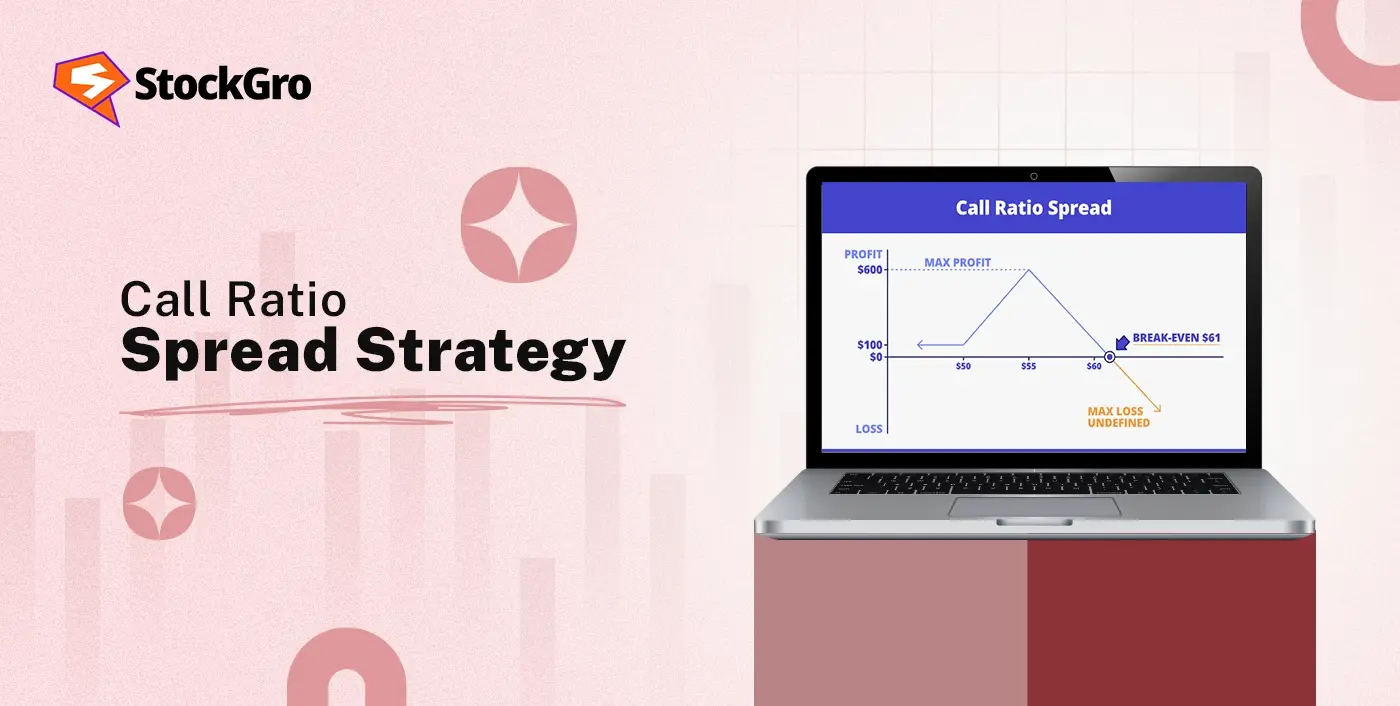
When a company goes public, it can raise funds by issuing new shares via a fresh issue or allowing existing shareholders to sell their stakes through an Offer for Sale (OFS). Fresh issues increase share capital and company funds, while OFS transfers ownership without raising new capital. Understanding these helps investors comprehend fund flow and ownership changes in IPOs. Read the full blog for detailed insights.
What Is a Fresh Issue?
A fresh issue in an Initial Public Offering (IPO) involves a company issuing new shares to the public for the first time to raise capital. The money collected through a fresh issue becomes the company’s money, thereby allowing the company to use the funds for business expansion, capitalising on the idle assets, or meeting working capital requirements.
In contrast to shares sold by existing shareholders, a fresh issue of shares raises the company’s share capital and, therefore, normally leads to a decrease in the percentage of ownership of the existing shareholders.
What Is an Offer for Sale (OFS)?
An Offer for Sale (OFS) is a process during an Initial Public Offering (IPO) where current shareholders, including promoters or early investors, sell their shares directly to the public. It is not a process for creating new shares, but rather a change in the company’s ownership structure.
The funds generated from an Offer for Sale (OFS) are received by the selling shareholders rather than the company itself. This method allows shareholders to withdraw part or all of their investment while the company’s share capital remains unchanged.
Key Differences: Fresh Issue vs Offer for Sale (OFS)
Let’s take a closer look at the main differences between a Fresh Issue and an Offer for Sale (OFS) in the context of an Initial Public Offering (IPO), to understand how each affects the company and its shareholders.
| Key Factor | Fresh Issue | Offer for Sale (OFS) |
| Shares Issued | New shares created and issued by the company | Existing shares sold by current shareholder |
| Proceeds | The capital generated from the offering is received directly by the company | Proceeds received by the selling shareholders |
| Ownership Dilution | Causes dilution of ownership for existing shareholders | No dilution; ownership only transferred between parties |
| Effect on Share Capital | Leads to a growth in the company’s total share capital | Share capital remains unchanged |
| Purpose | To raise fresh capital for company needs such as expansion or debt repayment | To allow existing shareholders to partially or fully exit their investment |
Real-world Examples of Both
Initial Public Offerings (IPOs) generally consist of a new issue of shares by the firm or the sale of already existing shares by shareholders via an Offer for Sale (OFS). Here are a few examples illustrating each case:
Fresh Issue:
Mangal Electrical Industries IPO, which was open from 20 August 2025 to 22 August 2025, was a completely new issue with a project size of ₹400 crore. None of the shares offered were previously issued, and all the money raised is being used for the company’s business needs, like debt repayment, capacity expansion, and the company’s working capital requirements. The absence of share sales by existing shareholders made it a simple case of a new issue.
Offer for Sale (OFS):
To meet SEBI’s minimum public shareholding requirements of 25%, the promoter of Indosolar Limited, Waaree Energies, conducted an Offer for Sale (OFS) in July 2025. On 10 and 11 July 2025, Waaree Energies sold 10,00,000 equity shares accounting for 2.40% of Indosolar’s paid-up equity share capital. The starting price was ₹265 per share. In this OFS, the promoters sold only their existing shares to investors, and the company did not issue any new shares.
IPO Structuring: Mixed Model of Fresh & OFS
Often, companies going public choose a mix of Fresh Issue and Offer for Sale (OFS). Through the primary issue, the company can raise the capital required for business expansion, debt repayment, or meeting other operational requirements, thus injecting fresh life into the business. Whereas through the Offer for Sale, existing shareholders offload a part of their holdings, thus enabling them to exit or increase their liquidity.
The public offering of Aye Finance is an illustration of this combined pattern. The offering included a fresh issue of ₹885 crore to raise capital for the company’s growth, along with an OFS of ₹565 crore where existing investors sold a portion of their shares.
In this way, it was possible for the company as well as its shareholders to fulfil their financial needs in a single IPO.
Benefits & Drawbacks for Investors
In the case of an IPO, Fresh Issues and Offers for Sale (OFS) each have their own pros and cons. By knowing these pros and cons, an investor could understand how differently these issues affect the investor.
Pros and Cons of Fresh Issue
Pros
- Enables investors to purchase shares freshly offered by the company.
- Enables a company to grow and extend its activities through the injection of new capital.
- Shares are usually made available at the price set during the initial public offering.
- If the company post-IPO performs well, the investors can make a profit in the long run.
Cons
- Causes dilution of existing shareholders’ stakes, potentially affecting share value.
- After the listing, the shares are exposed to market risks, which can influence their price.
- There is a risk that the company may underperform, which could negatively impact the investment.
- Unlike the majority of the shares sold in the market, IPO shares are usually subject to a lock-in period during which the investors are not allowed to sell their shares.
Pros & Cons of Offer for Sale (OFS)
Pros
- Existing shares are bought from the already listed shares and not the company, thereby increasing the company’s liquidity.
- Since no additional shares are issued, the ownership percentage of existing shareholders remains unchanged.
- This allows investors to have shares that are almost at their real market value.
- It can be understood as the first sign of a shareholder’s confidence in the company or a mere portfolio rebalancing.
Cons
- Sellers may use Offer for Sale to reduce or exit their investment, which could be a cautious signal.
- Price and demand can be affected by the motivations of the selling shareholders.
- Offer for Sale stocks possibly do not have the same growth possibilities as new issue shares because they have already been issued.
- The way the market views big sales of shares can lead to a decrease in the share price for a short period of time.
Investor Sentiments & Reddit Insights
Investor opinions about New Issues and Open Offers for Sale (OFS) in IPO flights are usually a mix of positive and negative impressions. A Fresh Issue is normally perceived as a simple way for a company to raise money through the stock market to expand its business, while the investors still keep in mind the dilution aspect. On the other hand, an OFS is typically explained as a change in the ownership structure rather than in the company’s capital structure.
Most of the conversations about OFS acknowledge that the reasons for such sales are different, from the company going through the process of regulatory compliance to the early investors who want to get rid of their stocks. Neither New Issues nor OFS are seen as a sign of trouble by most investors; rather, the effects of such events depend on the company’s health and the specific IPO situation.
Example Quote on OFS Implications
Investors’ reactions to Offer For Sale (OFS) are usually rational as they understand the purpose of such a sale. While some may be cautious of IPOs where OFS shares dominate, many recognise that this method provides shareholders a way to sell their shares in a clean and simple manner without affecting the company’s capital structure.
For instance:
The company is holding up well against its competitors. Nevertheless, it’s worth mentioning that the whole IPO is made up of an Offer for Sale (OFS). I see this as an investment opportunity, but I am still thinking about submitting only one application because of my concerns about the total OFS.
In another view:
Just because it is all OFS does not mean there is something wrong with the IPO. And the promoters are taking the money now. So, nothing bad in it.
Such opinions depict how investors’ attitudes towards OFS offerings range, yet they are rational and well thought-out.
FAQs
New shares for the market are called a fresh issue. A company will issue new shares to collect money for business activities such as growth, debt repayment, etc. In this case, the total share capital of the company increases, and the ownership is diluted. An offer for sale enables the present shareholders to sell their shares without any increase in share capital, with the money going directly to those shareholders.
Yes, when new shares are issued, your ownership interest will be diluted as the company will have more shares in total. Hence, the fraction of the company you hold will be smaller as the shares you already have will be a smaller part of the increased share capital.
An Offer for Sale is an advantage for the current shareholders, for instance, promoters or big investors, enabling them to sell their shares in a clear way through the stock market. By doing so, it provides investors with the opportunity to purchase shares of well-established companies and, at the same time, comply with the rules regarding the number of shares held by the company without the need to issue additional shares.
Yes, a company is allowed to perform a fresh issue as well as an Offer for Sale (OFS) simultaneously with an IPO. The company gains from this hybrid arrangement as it not only raises new money but also allows the existing shareholders to sell their shares.
One way to financially raise the company’s standard is through a fresh issue, which allows the company to raise new capital directly from the market. The money collected can be utilised for the expansion of the company, the repayment of the company’s debt, or for the company’s working capital needs. This goes a long way to support the company’s balance sheet, which is a source of potential growth and financial stability.
It is not true that one model is always better than others in the long run when it comes to investing because every single one of them leads to different results. A fresh issue can be the source of growth for a company with the injection of new money, whereas an Offer for Sale is simply giving cash to current shareholders. Depending on the situation and the company’s condition, investors’ likes might differ.

